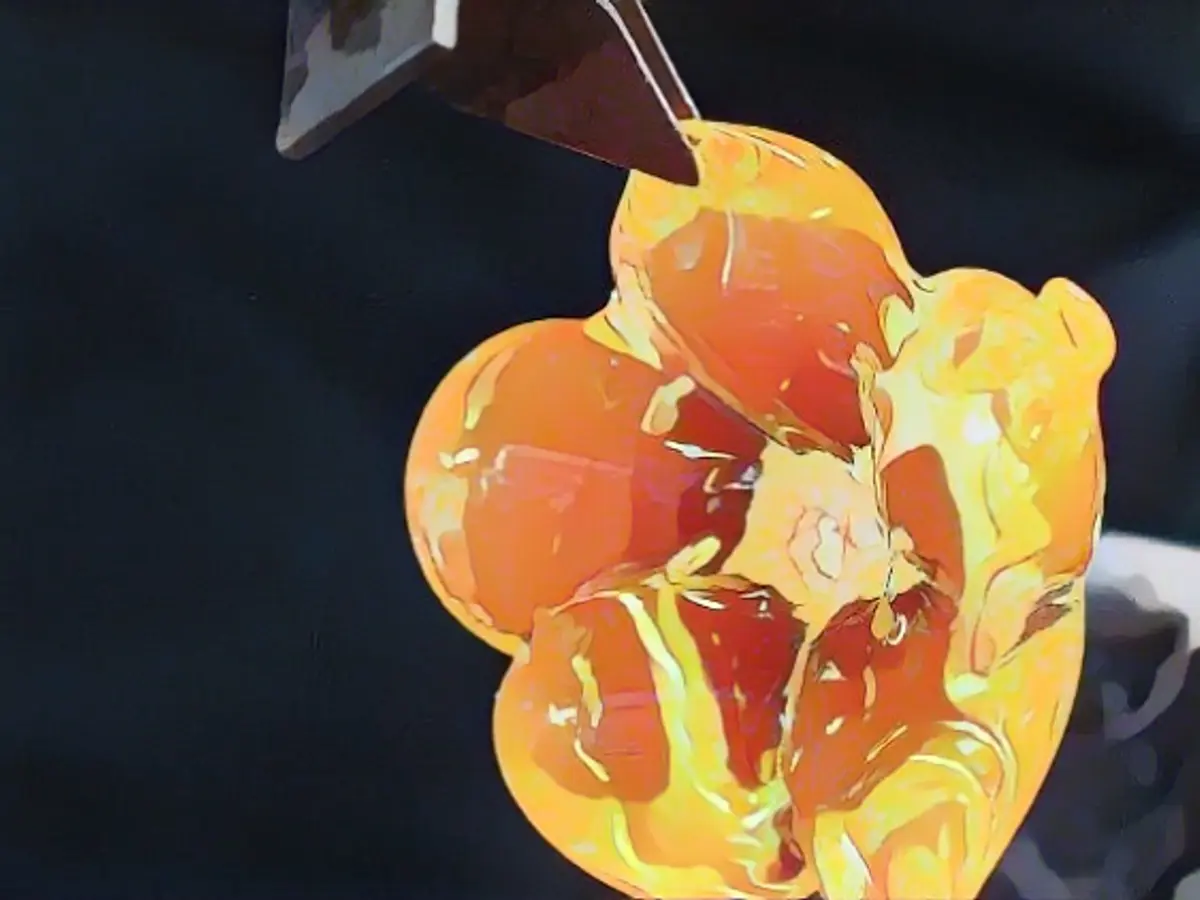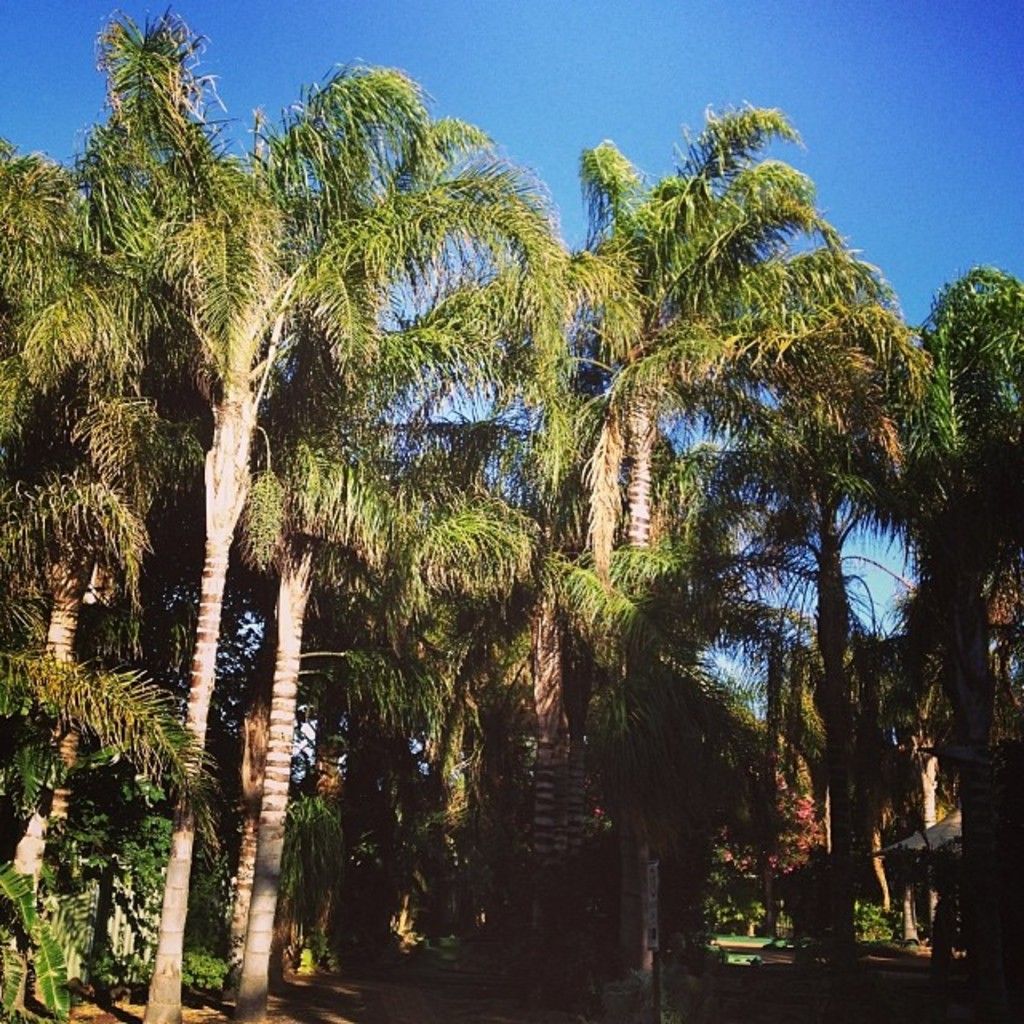Manual Glasscraft Scores World Heritage Status
Who'd have thought that blasting fiery molten glass into beautiful, delicate trinkets could make headlines? Well, it did, and it's all thanks to UNESCO's recognition of this age-old art form as an intangible cultural heritage. This historic achievement has brought countries like Finland, France, Spain, the Czech Republic, Hungary, and our very own Germany together, forging a bond over a shared craft that harkens back to pre-Christian times.
"This is more than just glass, it's patience, creativity, and teamwork," says Christoph Wulf, Vice President of the German UNESCO Commission. He glows with pride as he defines the essence of this masterful craft, which UNESCO now recognizes for its impressive creative power.
The art of glassblowing is a test of endurance, requiring an unwavering attention to detail and an unparalleled level of technical skill. Craftsmen and women melt the raw material at temperatures well over 1000°C, shaping it into mesmerizing works of art with traditional tools. Their delicate techniques honor the complex knowledge that has been passed down through generations, showcasing the sheer talent and passion that lies in every piece.
If you've ever marveled at a stained-glass window or treasured a handcrafted glass ornament, then you know the timeless beauty of this art form. The process begins with a simple, yet magical transformation of molten glass, which must be shaped within a specific temperature range to achieve the perfect form. By blowing, cutting, and shaping, artisans bring the glass to life, creating pieces that are truly one-of-a-kind.
As the glass cools, the master craftsmen and women must be patient-very patient. The annealing process slows the cooling of the glass, reducing thermal stress and preventing cracking or shattering. It's an essential step in preserving the artistry for generations to come.
The UNESCO Intangible Cultural Heritage Committee met in Kasane, Botswana, to review the nomination and, after much deliberation, granted it a place on the World Heritage list. It's a significant win for an art form that has long been on the brink of disappearing into the annals of time.
As countries work to preserve this intangible heritage, we can take comfort in the knowledge that our cultural and artistic past is safe-at least for now. From now on, every glassblowing session will be infused with a sense of pride knowing that they are contributing to a legacy passed down from generations before them.
Did You Know?
- The raw materials for glass include quartz sand, limestone, and various additives.
- The melting process involves heating the raw material to temperatures between 1300°C and 1600°C in a crucible furnace or pool kiln.
- The molten glass undergoes transformation, transforming from a liquid to a solid state, and must be shaped within a certain temperature range to achieve the desired form.
- Traditional tools are used to craft each piece, which must then be annealed to reduce thermal stress and prevent cracking or shattering.
- Specialized techniques, like blown glass beads, have been used for centuries to create intricate, handmade Christmas decorations and other ornaments.
Sources:
Related Articles:
- Snow chaos further restricts Bavaria
- Unanimous decision: faster wolf culls possible
- The year of climate records: extreme is the new normal
- Snow and ice paralyze southern Germany








